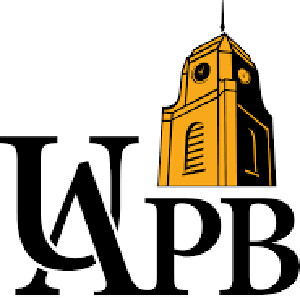University of Arkansas-Pine Bluff School of Agriculture, Fisheries and Human Sciences
Pine Bluff, AR
Founded in 1890
"Providing cutting edge research, teaching, outreach, and service programs"

Urban
setting
2,517
Students
46%
Acceptance Rate
$6,538 / $12,268
Tuition In-state / Out-of-state
Overview
School Website >>Interested in a career as an animal nutritionist, natural resources conservationist, fish and wildlife officer, or child and family counselor? The School of Agriculture, Fisheries and Human Sciences (SAFHS) offers a wide range of educational programs in keeping with the University of Arkansas at Pine Bluff’s historical land-grant mission of education, research, and outreach/service. SAFHS lives up to its motto, “Excellence is the Expectation.” With an emphasis on rural development, the school strives to help improve the quality of life for people in Arkansas, the nation and the world.
Programs within SAFHS prepare students for careers related to food systems and human development, including biotechnology and genetics, environmental sciences, food and fiber production, food safety and nutrition, marketing and distribution, natural resources management, and regulations and compliance.
Agricultural Degrees Offered
- Agribusiness
- Agricultural Economics
- Animal Sciences
- Plant Sciences
Admissions
Total Enrollment: 2,517
Male Female Student Ratio: 41.5%/58.5%
Acceptance Rate: 46%
Applying
Application Fee: $25
Application Deadline: Rolling
Target GPA: 2.9
Target SAT Score: 950
Target ACT Score: 18
Tuition
In-State: $6,538
Out-of-State: $12,268
Student Fees: $3,000
Room Only: $4,200
Board Only: $3,681
More Info
Religious Affiliation: non-denominational
Faculty/Student Ratio: 15/1
Research Opportunities
SAFHS students in all programs benefit from hands-on learning and state-of-the-art resources. The school’s resources include the campus farms, Aquaculture Experimental Research Station and ponds, experimental kitchen and value-added products laboratory, plant tissue culture lab, textile product evaluation and design laboratories, and the UAPB Child Development Center.